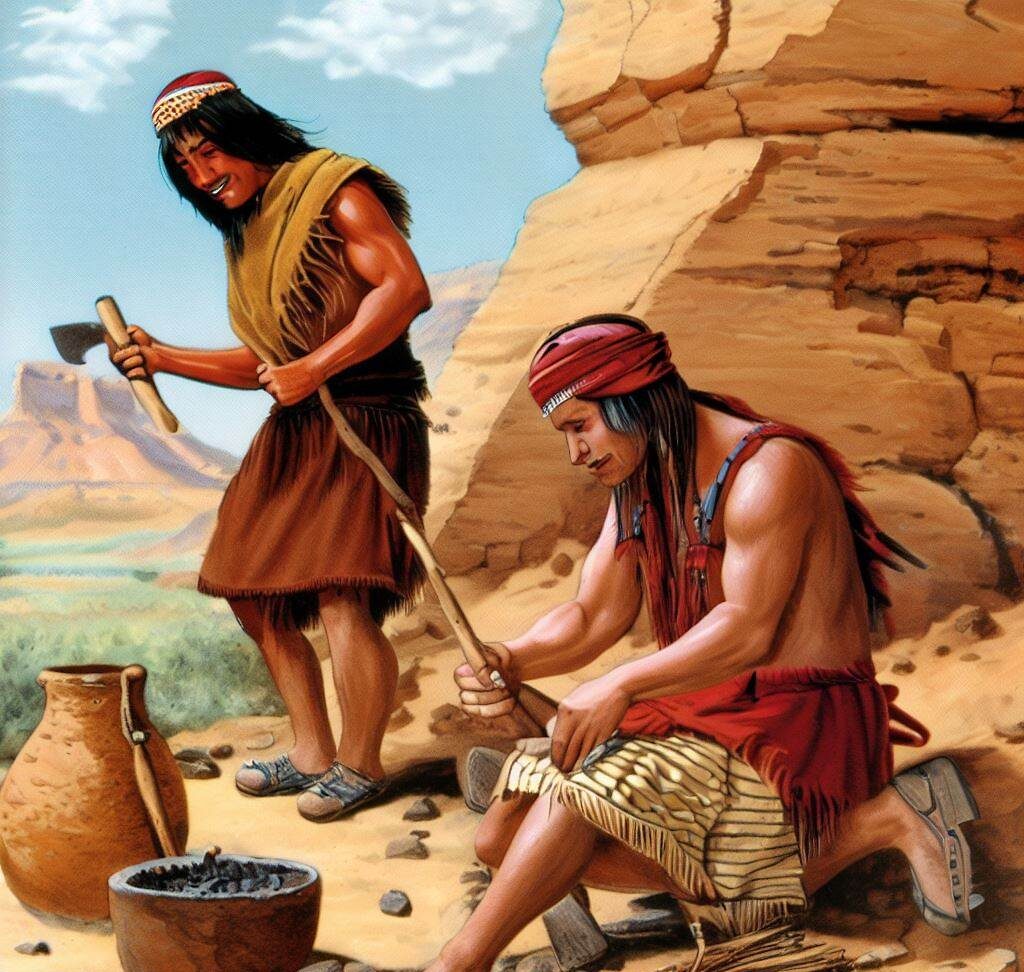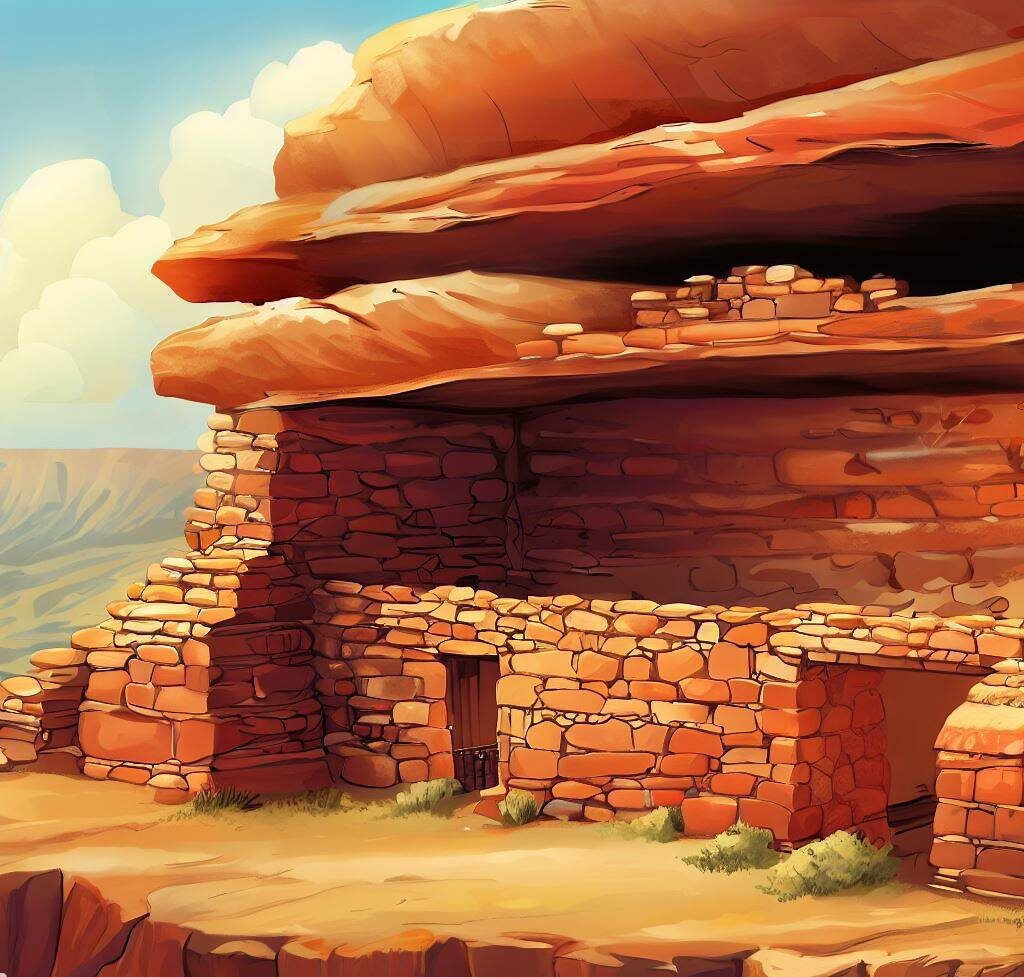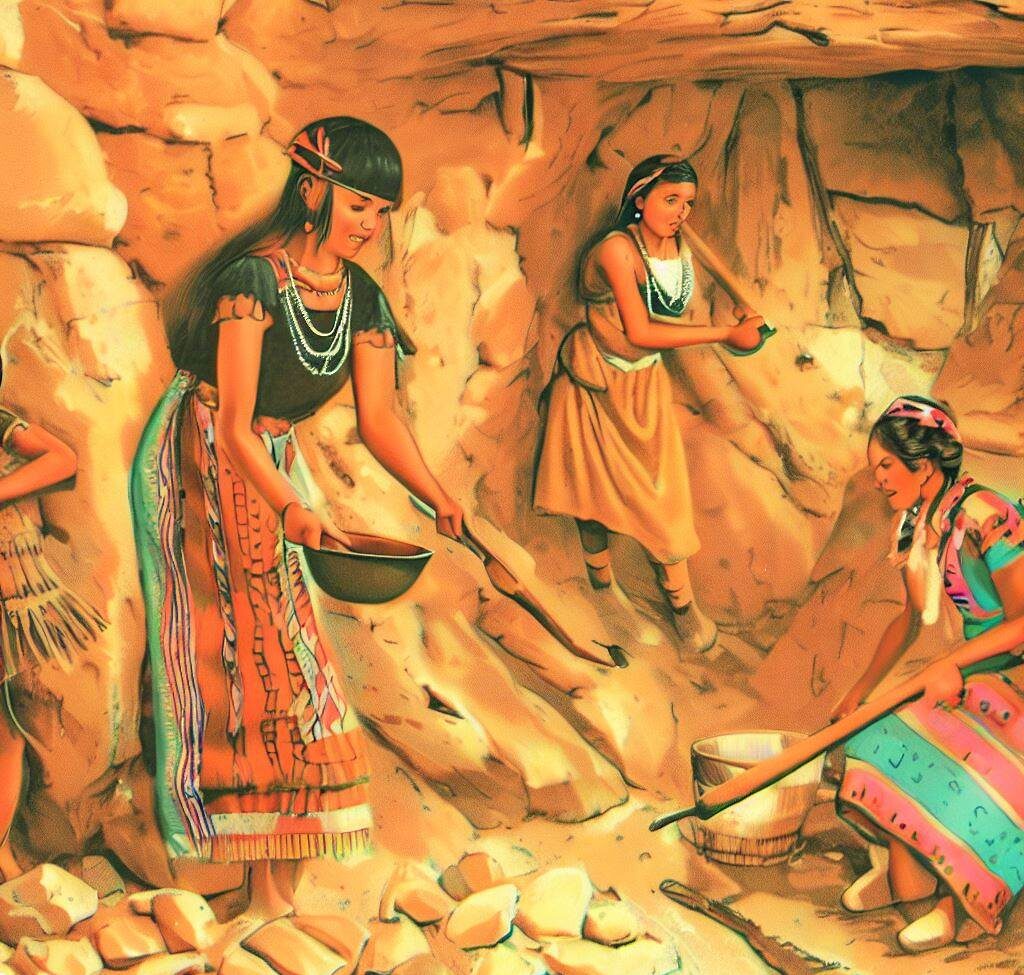Have you ever found yourself gazing at a photograph of ancient cliff dwellings, carved delicately into the side of a canyon, and wondered who created these architectural masterpieces? You’re not alone. These spectacular constructions nestled in the American Southwest belong to the Anasazi, a prehistoric culture whose legacy continues to captivate and inspire.

Who were the Anasazi?
The Anasazi, also known as the Ancestral Puebloans, inhabited the Four Corners region, where the modern states of Arizona, Colorado, New Mexico, and Utah meet. They thrived between 200 BCE and 1300 CE, leaving behind a rich architectural and cultural heritage.
The Navajo name: Anasazi
The word “Anasazi” comes from the Navajo language and means “ancient enemies” or “ancient outsiders.” Although this term is still commonly used, some prefer “Ancestral Puebloans” to avoid the negative connotation.
The Anasazi Architecture: A Blend of Beauty and Functionality
The Anasazi were not just skilled farmers, potters, and weavers; they were also remarkable architects, creating unique structures that still stand today as a testament to their ingenuity.

Cliff dwellings
The Anasazi cliff dwellings were not just architectural marvels, but practical solutions to the challenges of living in an arid, inhospitable environment. By building their homes in alcoves and under overhangs, they were shielded from the elements and potential threats.
Kivas
The Anasazi also built ceremonial structures called kivas, which were round, subterranean rooms used for religious and social gatherings. These spaces were integral to their communities, fostering a sense of unity and shared identity.
Materials and techniques
Their structures were made primarily of sandstone, which they shaped using simple tools like stone hammers and chisels. They constructed walls using a technique called masonry, where stones were stacked on top of each other, held together by mud mortar.

The Most Famous Anasazi Cliff Dwellings
Among the myriad of ancient cliff dwellings scattered across the Southwest, some sites stand out for their size, beauty, and historical significance.
Mesa Verde National Park
Mesa Verde, located in Colorado, boasts the largest collection of preserved Anasazi cliff dwellings. Cliff Palace, the park’s most iconic site, once housed over 150 rooms and more than 20 kivas, making it the largest cliff dwelling in North America.
Chaco Canyon
Chaco Canyon in New Mexico is another breathtaking site, featuring the massive Pueblo Bonito complex. This ancient structure boasts more than 600 rooms and is believed to have served as a political, economic, and cultural center for the Anasazi people.
Canyon de Chelly
Nestled within the borders of the Navajo Nation in Arizona, Canyon de Chelly showcases the stunning White House Ruin, which was once home to approximately 100 people. The site, with its towering sandstone walls and multi-storied dwellings, is a mesmerizing testament to the Anasazi’s architectural prowess.
Theories on the Anasazi’s Disappearance
One of the most compelling questions surrounding the Anasazi is why they abandoned their cliff dwellings and seemingly vanished from history. While no single answer can explain their disappearance, several theories have been proposed.
Climate change
One possibility is that a severe drought in the late 13th century made it difficult for the Anasazi to grow enough crops to sustain their population. As a result, they may have migrated to more fertile lands, eventually assimilating with other Pueblo cultures.
Internal conflict
Another theory suggests that the Anasazi experienced internal strife, perhaps due to competition for resources or disputes over leadership. This conflict may have led to the fragmentation of their communities, forcing them to seek refuge elsewhere.
Influence of external groups
It’s also possible that the arrival of new groups, such as the Athabaskan-speaking peoples (the ancestors of the Navajo and Apache), disrupted the Anasazi way of life. Over time, these external influences may have contributed to the Anasazi’s decline and eventual disappearance.
Embracing the Legacy of the Anasazi Cliff Dwellings
As we reflect on the enigmatic world of the Anasazi cliff dwellings, it’s impossible not to feel a sense of awe and wonder. These ancient structures stand as a testament to the Anasazi’s architectural genius and their resilience in the face of a harsh environment. By unraveling the mystery of their cliff dwellings, we not only gain a deeper appreciation for their culture but also connect with our own shared human history.
The Anasazi, also known as the Ancestral Puebloans, were a prehistoric culture that inhabited the Four Corners region of the American Southwest between 200 BCE and 1300 CE.
Mesa Verde National Park, Chaco Canyon, and Canyon de Chelly are some of the most well-known sites featuring Anasazi cliff dwellings.
Building homes in cliffs provided the Anasazi with protection from the elements and potential threats, while also allowing them to maximize the use of limited resources in their arid environment.
The exact reason for the Anasazi’s disappearance remains a mystery. Theories include climate change, internal conflict, and the influence of external groups.
The Anasazi primarily used sandstone, shaping it with simple tools like stone hammers and chisels. They constructed walls using a technique called masonry, where stones were stacked on top of each other and held together by mud mortar.
- Sacred Cacti: The Spiritual Uses of Peyote and San Pedro - June 18, 2024
- Mel’s Diner in Phoenix, AZ: A Nostalgic Journey Through Time - June 12, 2024
- The Hopi Prophecy: Ancient Predictions for Modern Times - May 22, 2024
